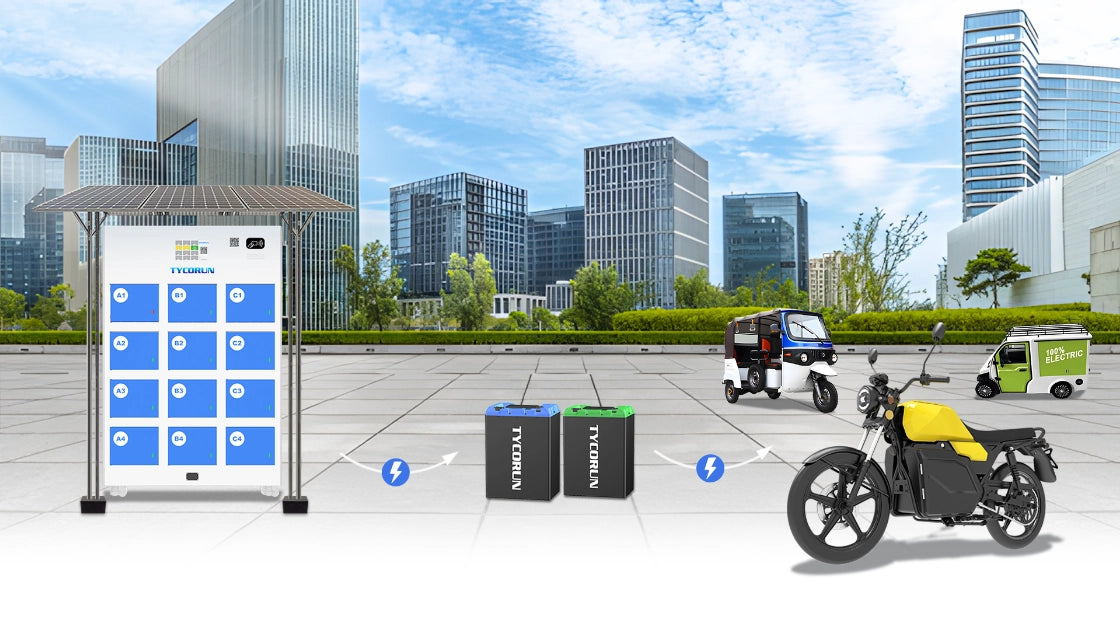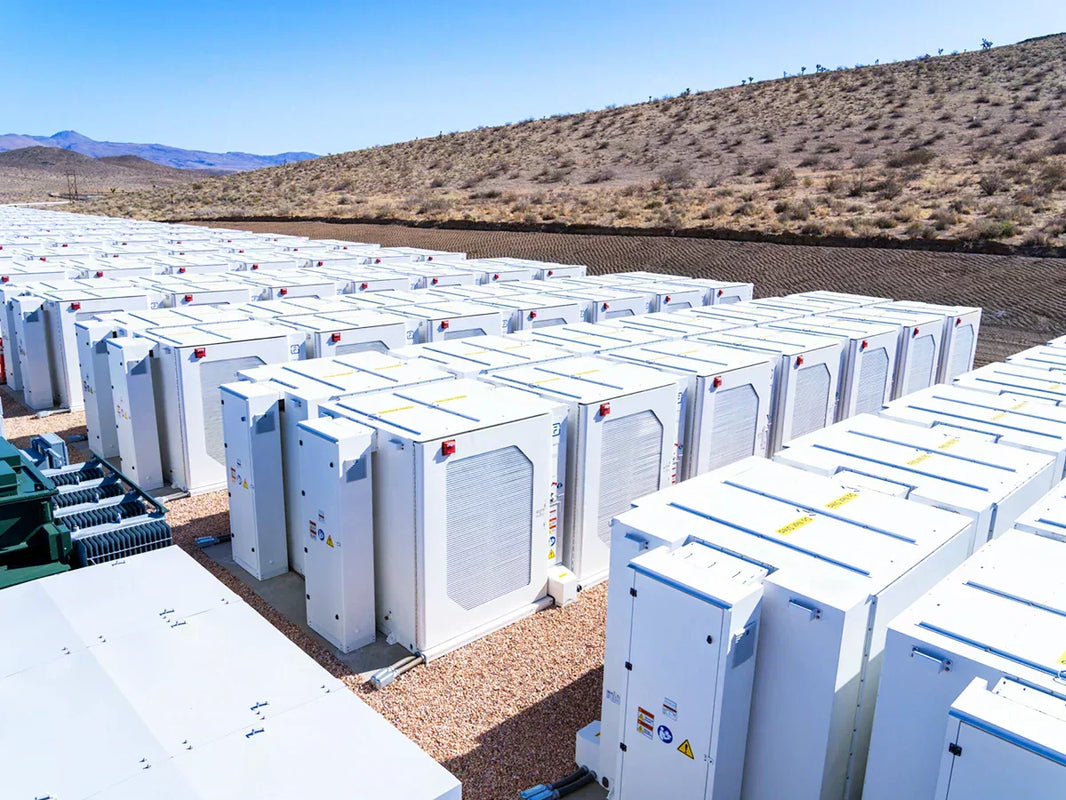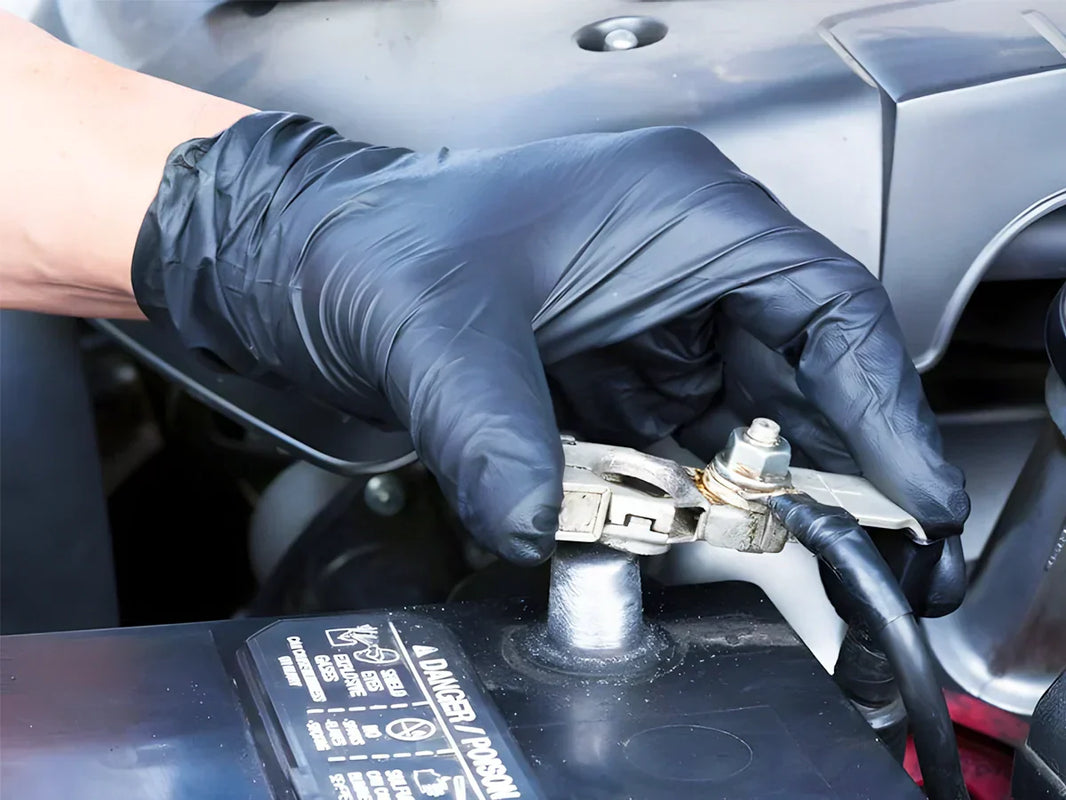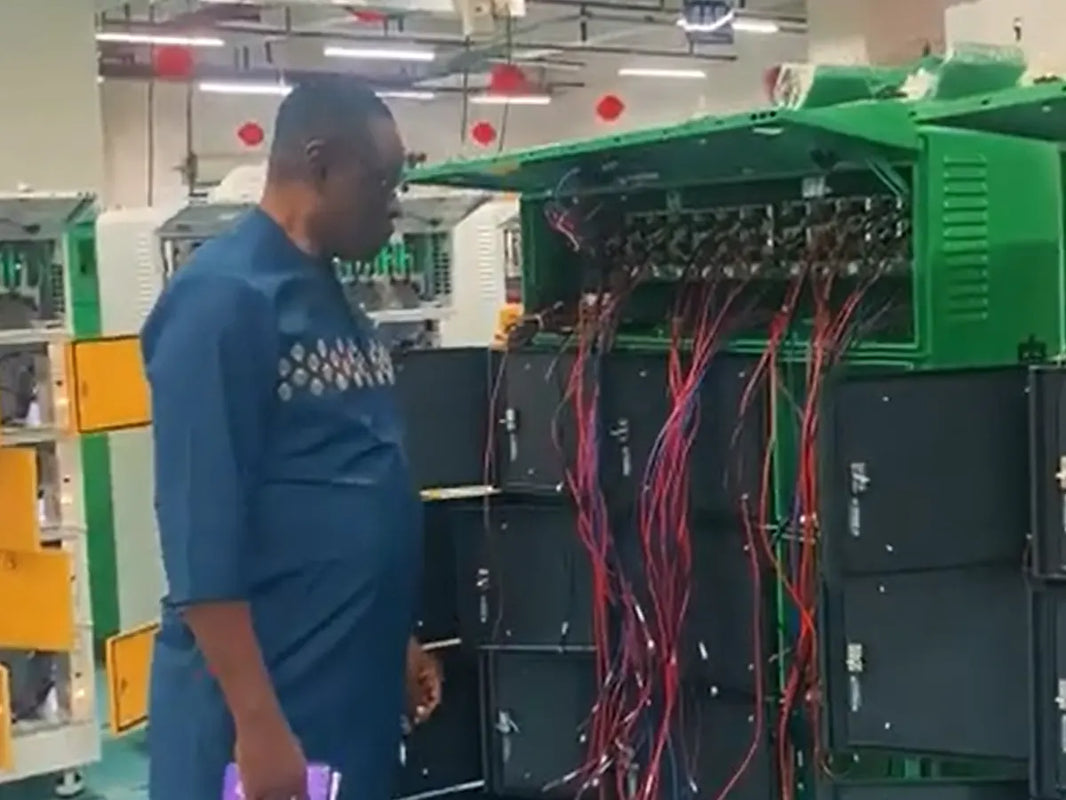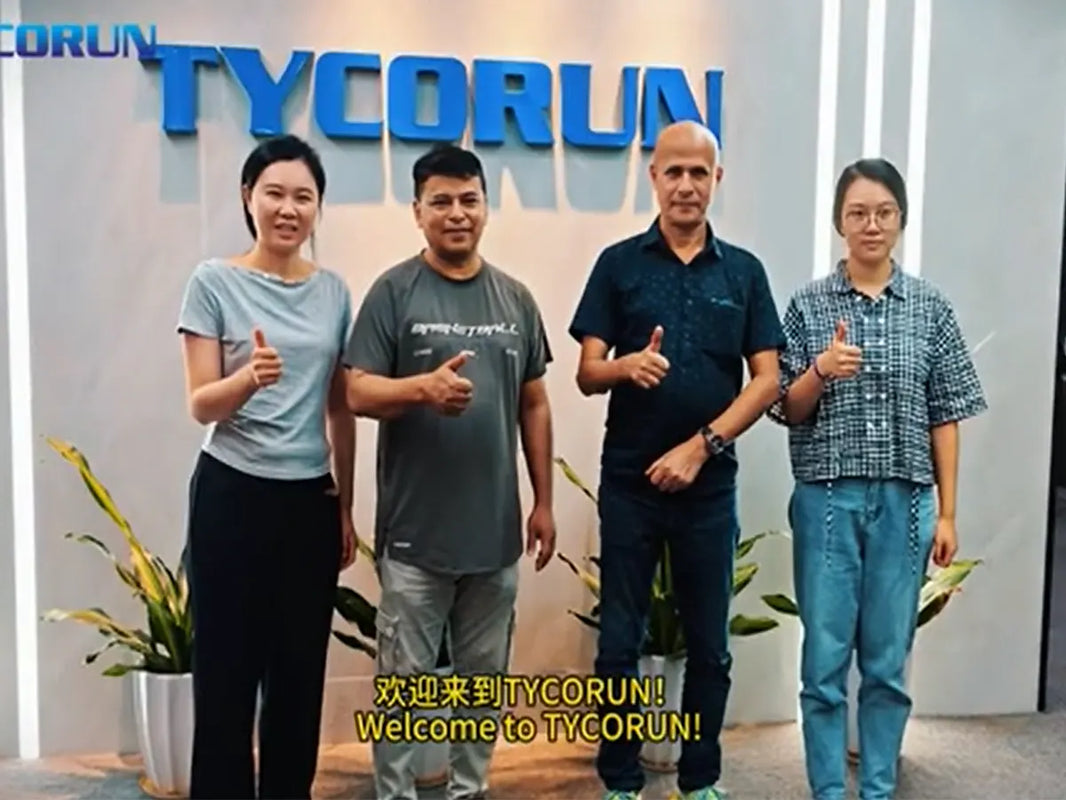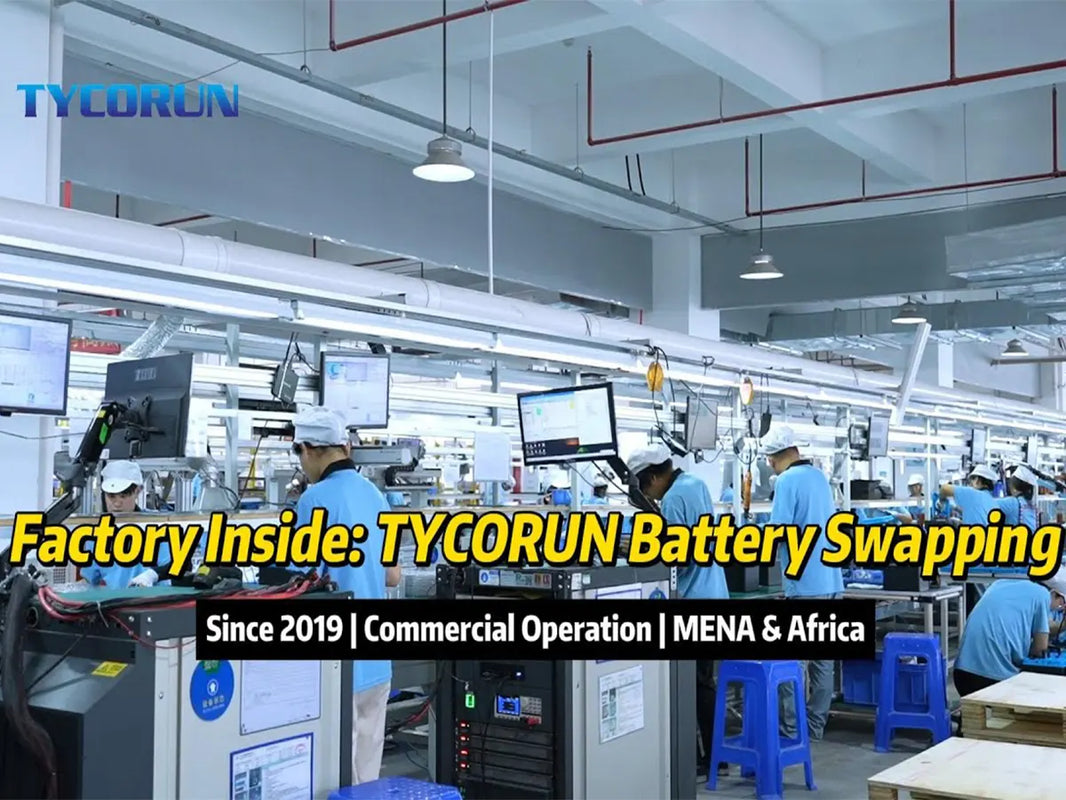
Main content:
- Characteristics of Sodium-Ion Batteries
- Working Principle of Sodium-Ion Batteries
- Sodium-Ion Battery Cost Analysis
- Comparison of Commercial Sodium-Ion Battery Systems
- The History of Sodium-Ion Battery Development
- Sodium-Ion Battery Industrialization Challenges and Development Recommendations
- Conclusion
Sodium-ion batteries are emerging as a powerful alternative to lithium-ion battery technology, offering abundant raw materials, lower costs, and wide adaptability across energy storage applications. As global demand for sustainable and affordable energy grows, sodium-ion chemistry is rapidly advancing—driving industrial interest, research breakthroughs, and commercialization momentum across stationary storage and mobility sectors.
Characteristics of Sodium-Ion Batteries

As an emerging energy storage technology, sodium-ion batteries offer several advantages. Sodium resources are abundant and supply is more flexible; the mature salt market results in less price volatility. Sodium-ion batteries have cost-effectiveness potential and can be adapted to a wide range of applications. They are rapidly being industrialized and provide viable alternatives or supplements in some lithium-ion battery-dominated application areas.
Working Principle of Sodium-Ion Batteries

In a lithium-ion battery system, the battery cell in the discharge state mainly includes a lithium-ion positive electrode active material (usually called the "cathode," regardless of the current direction), such as the layered structure LiNixCoyMn1-x-yOz and the olivine structure LiFePO4; a non-lithiated negative electrode active material (or "anode"), such as graphite, silicon carbide, lithium titanate, etc.; and several other auxiliary components, such as current collectors, separators, and electrolytes.
During battery charging and discharging, Li⁺ cations pass through the electrolyte and separator, reversibly intercalating and deintercalating between the positive and negative electrodes, thereby achieving the conversion between electrical energy and chemical energy.
Sodium-ion batteries operate on a similar principle, with the main difference lying in their positive and negative electrode chemistry. Common positive electrode active materials for sodium-ion batteries include layered metal oxides, polyanionic compounds, and Prussian blue analogues. Each has unique properties, suitable for different applications and scenarios.
For the negative electrode, hard carbon is the preferred active material because Na⁺ cations cannot effectively intercalate/deintercalate in graphite. For the current collector, given that sodium does not alloy with aluminum, sodium-ion batteries typically use aluminum in both the positive and negative electrodes. In contrast, the negative electrode current collector in commercial lithium-ion batteries is typically copper.
Sodium-Ion Battery Cost Analysis
Sodium-ion batteries are primarily concerned with cost per unit energy, and they hold great promise for applications where energy density and volumetric energy density requirements are less stringent. Therefore, understanding the cost structure of sodium-ion batteries and comparing it with lithium-ion batteries, especially the cheaper alternatives to lithium iron phosphate, is crucial. Thus, we estimated the cost of different cells, focusing on raw materials. Given the similarity in manufacturing processes between lithium-ion and sodium-ion batteries, we fixed the cell capacity and model.
Therefore, raw materials will be the main factor influencing cell cost differences. Our calculations are based on the composition and design of current commercial batteries, as well as the market prices of key raw materials; therefore, these represent rough cost estimates independent of the product.
According to our analysis, the raw material costs for NaNi₁/₃Fe₁/₃Mn₁/₃O₂ batteries and NaxFey(PO₄)₂P₂O₇ batteries are RMB 0.232/Wh and RMB 0.227/Wh, respectively. If we use the highest price of lithium carbonate (RMB 600,000/ton) as a price ceiling, then the raw material cost of lithium-ion batteries based on lithium iron phosphate (LFP) would exceed RMB 0.5/Wh (and the price of LFP active materials would exceed RMB 170,000/ton), giving sodium-ion batteries a significant cost advantage.
Currently, the market price of LFP active materials has dropped to approximately RMB 30,000/ton, resulting in a raw material cost of approximately RMB 0.213/Wh for LFP-based cells, comparable to sodium-ion batteries. We can reasonably expect that, in the long run, the cost of sodium-ion batteries will continue to decline as the technology matures and the industry and supply chain develop.
In contrast, lithium-ion batteries based on LFPs are nearing their cost limits. Currently, the cost advantage of sodium-ion batteries remains controversial and speculative. Until this advantage is fully proven and documented on an industrial scale, it will continue to hinder the industrial application of sodium-ion batteries.
Comparison of Commercial Sodium-Ion Battery Systems

Currently, the most commercially viable sodium-ion battery cathode materials fall into three categories: layered oxides, polyanionic compounds, and Prussian blue analogues. As a core component of the battery, the cathode material directly affects key performance indicators such as cost, battery lifespan, and energy density. Therefore, we systematically analyzed different systems based on parameters such as capacity, cost, cycle life, tap density, and scalability.
Capacity
The theoretical specific capacity of the cathode material mainly depends on the valence state change of the transition metals involved in the reaction and the initial sodium content. While O3-phase layered cathodes exhibit high theoretical capacities due to their high sodium content, irreversible phase transitions when most sodium is extracted (e.g., during charging) limit their practical performance. In contrast, polyanionic compounds and Prussian blue analogs exhibit lower theoretical capacities, but their stable structures allow practical capacities close to the theoretical values.
Cost
Polyanionic compounds and Prussian blue analogs, employing low-cost elements such as iron/manganese, have significantly lower raw material costs than layered oxides. Studies by Li et al. have shown that introducing elements such as nickel, cobalt, and zinc into Prussian blue analogs improves their cost-effectiveness. However, considering differences in synthesis processes and battery manufacturing, sodium-ion batteries based on polyanionic compound systems remain the most cost-effective under current conditions.
Cycle Life
Among the three cathode materials, sodium-ion batteries based on polyanionic compounds exhibit excellent cycle stability, attributed to their small volume changes, highly reversible phase transitions, and negligible electrolyte side reactions. Commercial NFPP systems can achieve 20,000 cycles (70% SOH), while Prussian blue analogues achieve 40,000 cycles (80% SOH) in laboratory tests. In contrast, layered oxides exhibit significantly shorter cycle lives due to structural irreversibility and interfacial instability.
Scalability
Large-scale production of active materials is crucial for the commercialization of sodium-ion batteries. Environmentally, Prussian blue analogues are currently not feasible for large-scale production due to toxic byproducts and safety risks generated during synthesis and use. In contrast, layered oxides and polyanionic compounds have simpler production processes and are highly compatible with ternary and LFP cathode materials. Existing lithium-ion battery equipment can be retrofitted for sodium-ion battery production, significantly enhancing scalability.
Sodium-ion batteries offer significant advantages across various scenarios and applications. However, their industrialization has not progressed as expected. To address this issue, this paper systematically reviews their development history, commercialization milestones, and supply chain structure.
It also analyzes the challenges and prospects of industrialization, providing a snapshot of the current technological level and key issues. This will help researchers in academia and industry focus on the most relevant sodium-ion battery chemistry systems and solve remaining industrially relevant problems, thus bridging the gap between academic and industrial knowledge.
The History of Sodium-Ion Battery Development

Although discovered around the same time as lithium-ion batteries, sodium-ion batteries took longer to reach commercial maturity. We divide the history of sodium-ion batteries into four distinct phases: the basic research phase; the transitional period; the rediscovery and development phase; and the technological breakthrough and accelerated commercialization phase.
Basic Research Phase
The history of sodium batteries dates back to the 1960s. Ford Motor Company developed the world's first high-temperature sodium-sulfur battery, using metallic sodium as the anode and sulfur as the cathode. Although the theoretical specific energy was as high as 760 Wh kg⁻¹, it required an operating temperature of 300–350 °C.
Furthermore, the use of metallic sodium posed significant safety risks. This design later evolved into the so-called "ZEBRA" battery, which also operated at high temperatures. However, despite achieving niche markets in stationary energy storage, both chemical systems have seen limited commercial success.
The first real breakthrough for room-temperature sodium-ion batteries dates back to the 1980s when Delmas and colleagues first determined the crystal structure of layered NaMO₂. This class of materials, including the most advanced materials currently available, is characterized by the stacking of octahedral and tetrahedral layers, namely P₂, P₃, O₂, and O₃, with alkali metal ions and vacancies distributed within.
More importantly, in 1981, Delmas and colleagues reported layered NaxCoO₂, demonstrating its reversible electrochemical sodium intercalation/deintercalation activity. This discovery confirmed that a "rocking chair" cell design could be used for sodium-ion batteries, similar to lithium-ion batteries. This idea first gained attention in 1988 when Fouletier et al. discovered that the natural graphite could reversibly store sodium through an intercalation reaction.
However, the reaction of Na⁺ with graphite to form NaC₆₄ resulted in a reversible capacity of only about 35 mAh g⁻¹. This severely limited the energy density of sodium-ion batteries based on graphite anodes, and interest in this chemical system gradually waned. Although research on sodium-ion batteries continued, the first commercialization of lithium-ion batteries in 1991 attracted widespread attention from the research community.
Turning Point
A major turning point in sodium-ion battery research occurred in 2000. Stevens et al. reported sodium intercalation into hard carbon, achieving a high reversible capacity of 300 mAh g⁻¹. This discovery brought new hope to the field. In 2002, Barker et al. constructed a sodium-ion battery using NaVPO₄F as the positive electrode and hard carbon as the anode. The average discharge voltage of this system was 3.7 V.
However, the reversible specific capacities of its positive and negative electrodes were only 82 and 202 mAh g⁻¹, respectively, and the cycle life of this cell chemistry was extremely short (capacity retention ≤50% after 30 cycles). Therefore, it did not surpass the early stages of research. Nevertheless, since then, the number of research reports on sodium-ion batteries has steadily increased.
Recovery and Development Phase
Between 2008 and 2018, sodium-ion battery technology continued to make breakthroughs and gradually moved towards industrialization. In 2011, Faradion, a sodium-ion battery company using layered oxide cathode materials as its technological route, was founded. This marked the beginning of the commercialization of sodium-ion batteries. Around the same time, Natron Energy, the world's first company to use Prussian blue compounds as cathode materials, was founded. In 2015, Faradion launched its first-generation product and successfully applied it to electric bicycles and energy storage systems.
This became a key commercialization milestone. In the same year, RS2E of France released the world's first 18650 cylindrical sodium-ion battery with an energy density of 90 Wh kg⁻¹ and a cycle life of over 2000 cycles, setting a new performance benchmark. Subsequently, startups such as HiNa Battery, Natrium, Tiamat, and Altris emerged, accelerating the commercialization of sodium-ion batteries. In China, the commercialization of sodium-ion batteries started relatively late compared to other parts of the world. The first well-known sodium-ion battery company, HiNa Battery, was established in 2017. This marked the start of the commercialization process in China.
Technological Breakthrough and Accelerated Commercialization Phase
After 2018, the rise in lithium carbonate prices accelerated the commercialization of sodium-ion batteries. In 2019, HiNa Battery built the world's first 100 kWh stationary energy storage system based on sodium-ion batteries, demonstrating the feasibility of this technology in grid-scale applications. In 2020, Faradion launched its first-generation sodium-ion battery with a specific energy of 160 Wh kg⁻¹ and a cycle life of over 3000 cycles. In 2021, CATL released its first-generation sodium-ion battery, also with a specific energy of 160 Wh kg⁻¹, and capable of maintaining 90% of its room-temperature capacity at -20 °C.
In 2022, China included sodium-ion battery technology in the "14th Five-Year Plan for Energy Science and Technology Innovation." Policy support promoted the rapid formation of China's supply chain. By 2024, sodium-ion batteries had been widely used in energy storage, two-wheeled vehicles, and A00-class electric vehicles, with a global market size reaching $270.1 million.
In recent years, sodium-ion battery technology has steadily developed. In 2024, HITHIUM launched a sodium-ion battery based on the hard carbon |NaxFey(PO₄)₂P₂O₇ chemistry system, achieving a cycle life exceeding 20,000 cycles. These technological breakthroughs have expanded its application prospects in grid-scale energy storage. They not only demonstrate its long-term operational reliability but also show great potential to replace traditional lithium-ion batteries.
Sodium-Ion Battery Industrialization Challenges and Development Recommendations

Sodium-ion batteries are a promising alternative to lithium-ion batteries and have the potential to fill some important application gaps. This chemistry system has developed rapidly in the past few years. However, its industrialization still faces multiple obstacles. The core challenges are concentrated in four areas: technology, value chain, cost, and market acceptance.
Technology
There is no consensus in the industry regarding the preferred cathode active material for sodium-ion batteries, and no unified technological route exists. Most companies simultaneously pursue three technological directions: layered oxides, polyanionic batteries, and Prussian blue analogues. This wastes limited R&D resources.
Consequently, breakthroughs in the specific capacity and stability of cathode materials are difficult to achieve, which are essential for improving the energy density of sodium-ion batteries and making them more competitive in mid-to-high-end mass markets such as vehicle propulsion.
A collaborative effort between academia and industry is needed to optimize sodium-ion batteries to meet specific application requirements. For example, energy density can be improved through technologies such as high-capacity layered oxides (e.g., high-nickel systems), solid-state batteries, and anode-free designs.
Simultaneously, efforts should focus on optimizing cathode and anode materials, electrolytes, and cell systems to extend lifespan. The goal is to create sodium-ion batteries with battery high energy density, long cycle life, high safety, and low cost. Furthermore, continuous development of high-voltage electrolytes and high-density hard carbon is needed to further improve the overall performance of high-energy-density cells.
Value Chain
In China, a stable supply chain for active materials for sodium-ion batteries has not yet been established. This slows down cost reduction, negatively impacts batch quality and reliability of materials, and in some cases poses significant supply chain risks. For example, some raw materials for hard carbon anode production rely on imports, indicating insufficient localization. Meanwhile, most current production equipment is converted from lithium-ion battery manufacturing, further limiting production efficiency and product consistency. Furthermore, there is a significant gap between planned capacity and actual output, reflecting lower-than-expected market demand. To improve industry maturity, efforts are needed in three areas:
- Stabilizing battery-grade raw material supply: Ensuring a stable supply of battery-grade sodium carbonate and localizing hard carbon anode precursors.
- Technology standardization: Unifying positive and negative electrode technology routes and establishing standardized performance requirements, similar to existing standards for lithium-ion batteries.
- Focusing on key target markets: Prioritizing stationary energy storage and low-speed electric vehicles to achieve key breakthroughs in application scenarios.
Cost
With the continued decline in lithium carbonate prices (currently around RMB 85,000/ton), the market price of LFP has fallen below RMB 40,000/ton. However, layered oxide cathode materials still face significant pressure to match the cost per ton of LFP. Therefore, the cost advantage of sodium-ion batteries is under pressure, sparking debate about the true potential of sodium-ion battery chemistry as a low-cost alternative.
Looking ahead, participants active in the manufacturing of sodium-ion batteries and their sub-components should collaborate to build a complete and mature sodium-ion battery value chain. Simultaneously, technological breakthroughs should be pursued to improve material utilization and reduce material costs.
Market Acceptance
Currently, the application of sodium-ion batteries in practical scenarios remains limited. This is mainly due to three reasons: First, the cost remains uncompetitive, reducing the willingness to adopt them in the market. Second, safety issues persist. A comparative study by the Qingdao Institute of Energy, Chinese Academy of Sciences, shows that sodium-ion batteries experience thermal runaway at lower temperatures than lithium-ion batteries.
This is due to the presence of sodium clusters in hard carbon. Third, application scenarios are mismatched. Their outstanding low-temperature and rate performance has not been fully utilized. To address this issue, efforts should focus on two areas: First, developing successful demonstration projects with policy and financial support.
This will boost industry enthusiasm. Second, establishing sodium-ion battery industry standards as soon as possible. These standards should cover performance, safety testing, application scenarios, etc., to regulate the market and promote organic adoption in applications where sodium-ion batteries can best benefit.
Limited by energy density, sodium-ion batteries struggle to compete with lithium-ion batteries in applications such as smart wearable devices and automobiles. Unless they achieve significant technological breakthroughs, such as in high-capacity cathodes, high-pressure electrolytes, anode-free designs, and high-density hard carbon, sodium-ion batteries will remain vulnerable. However, sodium-ion batteries have advantages in terms of abundant resources, cost, and low-temperature performance.
These could help them achieve large-scale applications in energy storage and low-speed transportation. Even so, they still need to overcome challenges in technology, supply chains, market acceptance, and economic viability. Over the next decade, with technological advancements and policy support, we believe sodium-ion batteries will become one of the core pillars of a diversified strategy for achieving a greener energy transition.
Conclusion
Although challenges in technology maturity, supply chain stability, and market acceptance persist, sodium-ion batteries hold great promise for large-scale storage and low-speed electric vehicles. With continuous innovation and supportive policies, they are expected to become an essential component of the global energy transition—bridging the gap between affordability, sustainability, and performance in the next decade.
Related articles: sodium battery electrolyte suppliers, sodium battery technology, lithium ion battery degradation

